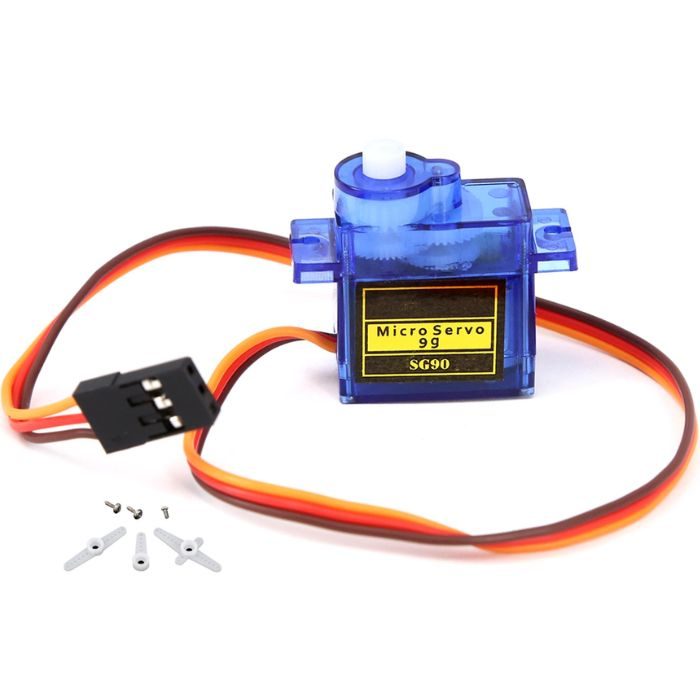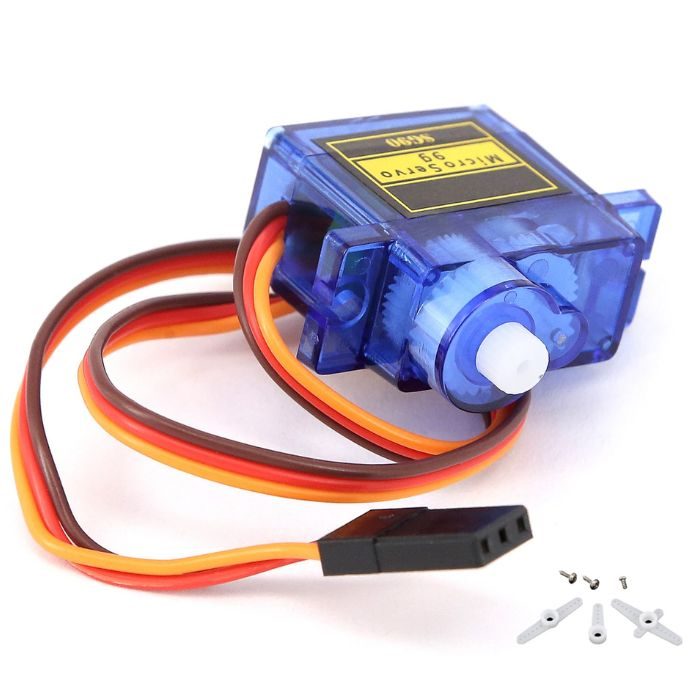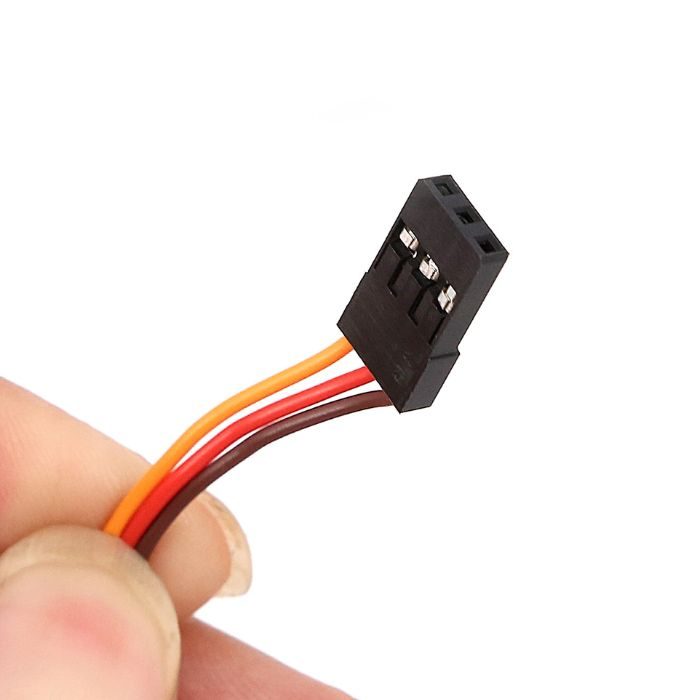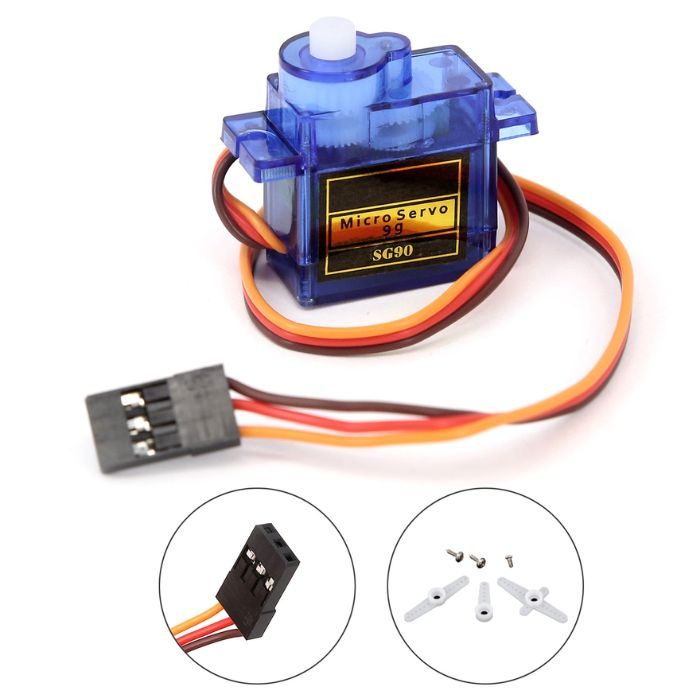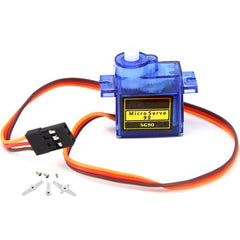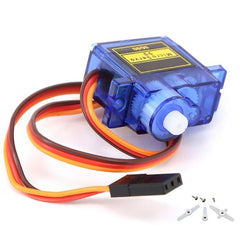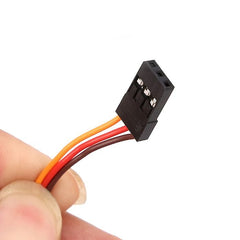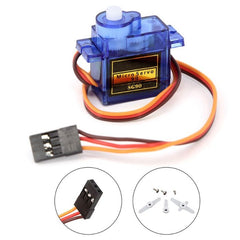1. What is the maximum weight that an SG90 servo can support?
The SG90 micro servo motor has a torque of 2.5kg/cm means it can draw weight of 2.5kg when suspended at a distance of 1cm. So if you suspend the load at 0.5cm, the motor can pull a load of 5kg, but if you suspend it at 2cm, the motor can only pull 1.25kg.
2. What is the SG90 servo motor used for?
The Micro Servo motor SG90 is a 9-gram servo motor also known as servo 9 g that rotates at a rate of about 0.3 seconds (0.1s/60 degrees) from 0 to 180 degrees (about). The sg90 servo motor price is low-cost and it can be used in multiple applications that include motorized vehicles and robotic arms.
3. How many degrees of rotation can a SG90 servo handle?
The SG90 Servo motors can typically only rotate 90 degrees in either direction for a total of 180 degrees at a speed of about 0.3 seconds (0.1 sec/60 degrees).
4. How do servo motors get faster?
The servos are controlled by sending variable width electrical pulses or pulse width modulation (PWM) through the control cable. The onboard controller is already driving the motors at full power. The only way to increase speed is to reduce the load on the servo output, increase the voltage, or change the servo. Of course, you can measure current by measuring the voltage drop across a possibly very small sense resistor.
5. How to interface servo motors with Arduino ?
- The following are the steps to connect a servo motor to the Arduino:
- The servo motor has a three-pin female connector. The ground is usually the darkest, if not completely black. Connect this to the Arduino GND.
- Connect the power cable that in all standards should be red to 5V on the Arduino.
- Connect the remaining line on the servo connector to a digital pin on the Arduino.



